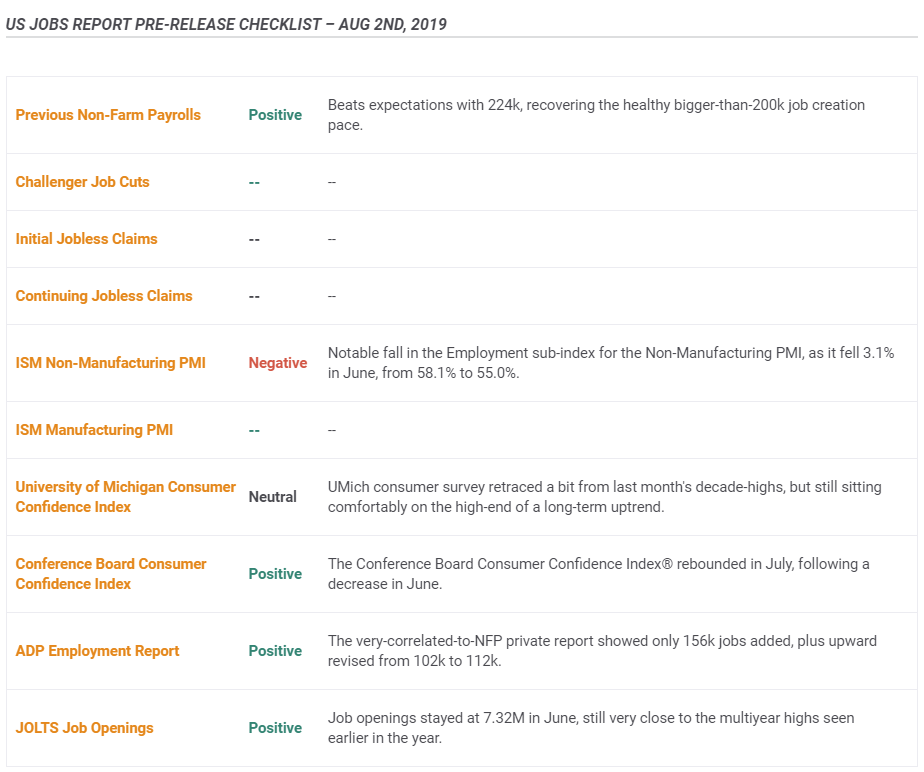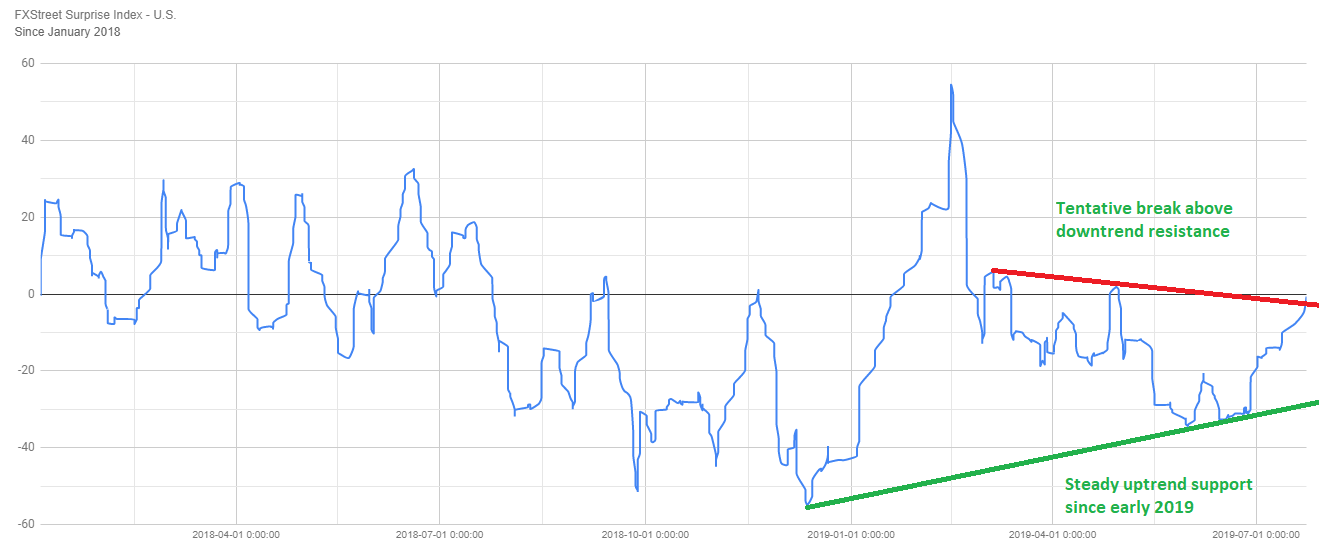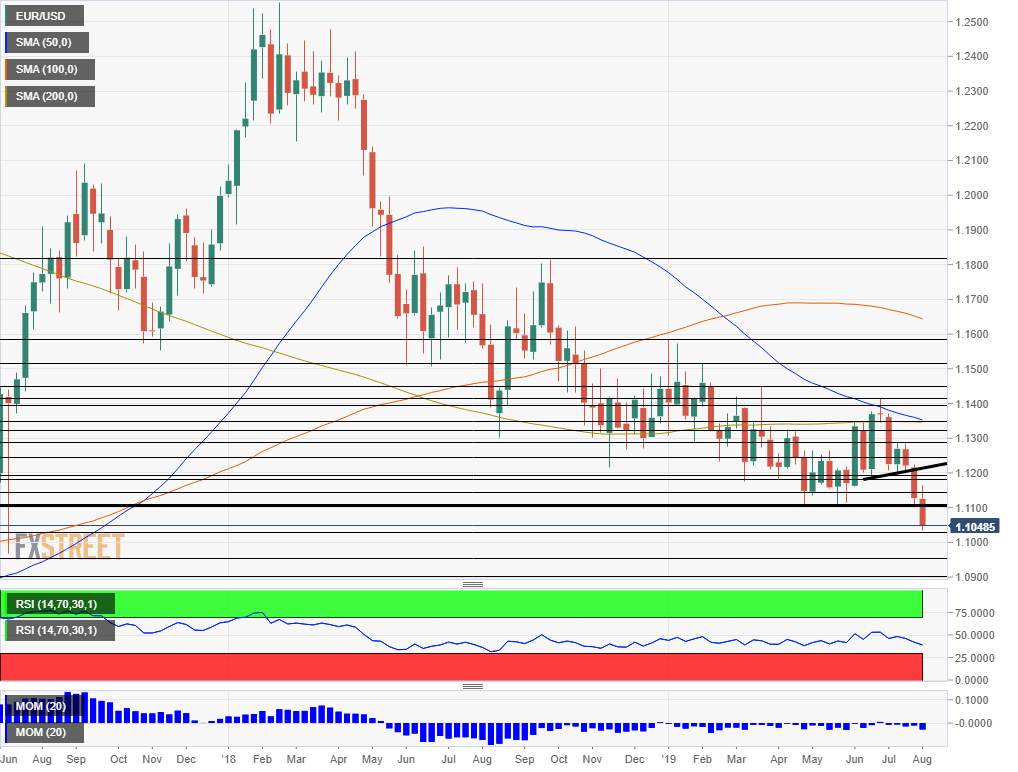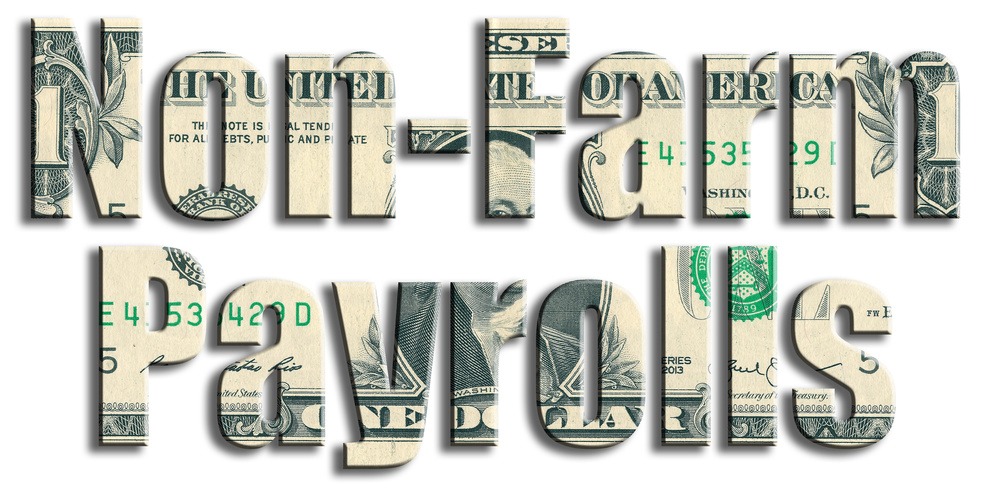The historic rate cut by the Federal Reserve – which turned out to be hawkish and dollar-positive – may be behind us. However, the next Fed decision is already eyed – and the jobs report has the potential expectations and shakes the US dollar already now.
The Non-Farm Payrolls report is due on Friday, August 2nd, at 12:30 GMT. Follow it, live here.
Returning to normal after two volatile months
Economists foresee an increase of 170K jobs in July – in line with long-term averages – and despite some seasonal changes that occur during the summer – usually related to re-tooling in factories.
The past two months have been volatile. The Bureau of Labor Statistics (BLS) announced a gain of 224K positions in June after printing 75K in May, later revised down to 72K. That report for May raised concerns about hiring in the US, which is considered one of the stronger points of the economy.
It is essential to note that expectations have tended to be stable while the actual outcomes have significantly deviated – triggering volatility. Here is how the recent headline NFP has developed:

Wages are projected to advance by a modest pace of 0.2% month on month – repeating June’s rise – while accelerating from 3.1% to 3.2% in July. These expectations are mixed, and if they are realized, it may leave many puzzled.
Here are the current expectations from the economic calendar:

Leading indicators
FXStreet’s leading indicators examine all jobs-related data to assess the potential outcome of the Non-Farm Payrolls. From the data available at the time of writing, the most significant economic figures have been pointing to the upside. Apart from the previous NFP report, the new ADP private-sector employment report for July, the JOLTs job openings – eyed by the Fed – and consumer confidence point higher.
The only outright downbeat figure is the employment component in the ISM Non-Manufacturing PMI. However, the data are for June. The July report is due out only on August 5th, after the NFP.
Overall, leading indicators point to the upside.

Surprise Index
FXStreet Surprise Index quantifies, in terms of standard deviations of data surprises (actual releases vs. survey median), the extent to which economic indicators exceed or fall short of consensus estimates.
Examining the long-term trend of surprises since 2011, we can see the index has been gradually recovering. A clear uptrend from the lows can be seen on the chart (green line). However, the magnitude of surprises has been capped by downtrend resistance (red line).

Will FXStreet’s Surprise Index break above the downtrend cap or fall back down? We will now zoom in on the shorter term, focusing on top-tier and second-tier data coming out since early 2018.
We can see that the same uptrend line is supporting the index since early in the year. The downtrend resistance line is also evident, but this closer look shows us that the indicator has stepped above the line – offering an indefinite break.

To conclude, the FXStreet Surprise Index shows cautious optimism for an upbeat outcome in the Non-Farm Payrolls – joining the conclusion of the leading indicators.
How to trade the NFP with EUR/USD
The Non-Farm Payrolls report is due at the wake of the Federal Reserve’s historic rate cut – a move that still echoes in markets. The bank has two mandates: price stability and full employment. Its reason to cut interest rates stemmed from weak inflation rather than from employment issues. The bank repeated its assessment that the labor market “remains strong.”
Therefore, the Average Hourly Earnings figure – wages – may have a more substantial impact than it did in previous months.
Looking at the Fed decision in the context of EUR/USD, the bias is bearish. The Washington-based institution has already made its move and will likely wait before it cuts interest rates once again. On the other hand, the European Central Bank has only set the stage for changing its policy in September. The ECB’s monetary stimulus package remains a mystery, and this uncertainty weighs on the euro.
Before we move onto the scenarios, let us examine the current technical picture for EUR/USD.
EUR/USD Technical Analysis

The fresh fall of EUR/USD requires zooming out and examining the weekly chart where we note levels last seen in 2017. Initial support awaits at 1.1025, which served as resistance in May 2017 and now switches to support. Below the round number of 1.1000, a resistance line from April 2017, 1.0960, is the next level to watch. The round number of 1.0900 is next down the line after working as a swing higher earlier that year.
Looking up, the previous 2019 trough of 1.1101 is the first cap. It is followed by 1.1120, which was a temporary low early in the summer. Further up, last week’s swing high of 1.1190 is a substantial cap, and 1.1240 looms above.
Here are five scenarios for EUR/USD:
1) Within expectations on both jobs and pay
The economic calendar is showing an expected increase of 170K jobs. Given the volatility in Non-Farm Payrolls, a broad range of 140-200K can be considered as within expectations. As mentioned earlier, salaries are of higher importance and here an “as expected” outcome would be exactly 0.2% MoM – volatility is much lower in this indicator.
In this scenario, which has the highest probability, EUR/USD will likely trade choppily before declining – as the bias is to the downside.
2) Above expectations
If the US economy gains more than 200K once again and/or wages accelerate to a pace of 0.3% MoM, the USD has significant room to rise, and EUR/USD may fall to new lows.
A beat in one component is enough to push the dollar higher. This scenario has a medium probability. If both figures exceed expectations, which is unlikely, the greenback will likely soar.
3) Below expectations
If the economy gains below 140K or wages advance by only 0.1%, the dollar will probably be on the back foot – but its falls may be limited, given the current bias.
Similar to the previous scenario, a miss on both figures is unlikely, and in this case, the dollar may stumble.
4) Mixed with better wages
Now we are getting to the more complex scenarios – the mixed ones. If the economy gains few jobs, but these are higher-paying ones – something that has happened in the past – the US dollar has room to rise.
Such a scenario will encourage the Fed in reaching its inflation target. This outcome has a medium-high probability as last month’s NFP beat on the headline and missed on pay – and we may now see the mirror image of that publication.
5) Mixed with better jobs
The opposite scenario is a repeat of June – a better than forecast increase in employment with a small rise in salaries. The probability is medium-low as a repeat of the same general outcome is uncommon. In this case, EUR/USD may have room to rise as markets would speculate that the Fed may reduce interest rates sooner rather than later.
Conclusion
The US Non-Farm Payrolls is set to shake markets and will be traded in the context of the Fed decision. Wages will likely have a greater impact than in previous releases, and EUR/USD has higher chances of falling rather than rising amid the divergence between central banks.
Moreover, FXStreet’s Surprise Index and its Leading Indicators point to greater chances of an upbeat outcome than a downbeat one. Nevertheless, it is critical to remember that uncertainty is always considerable around this publication.
Get the 5 most predictable currency pairs
NFP Preview: 5 scenarios for EUR/USD, mostly downbeat
